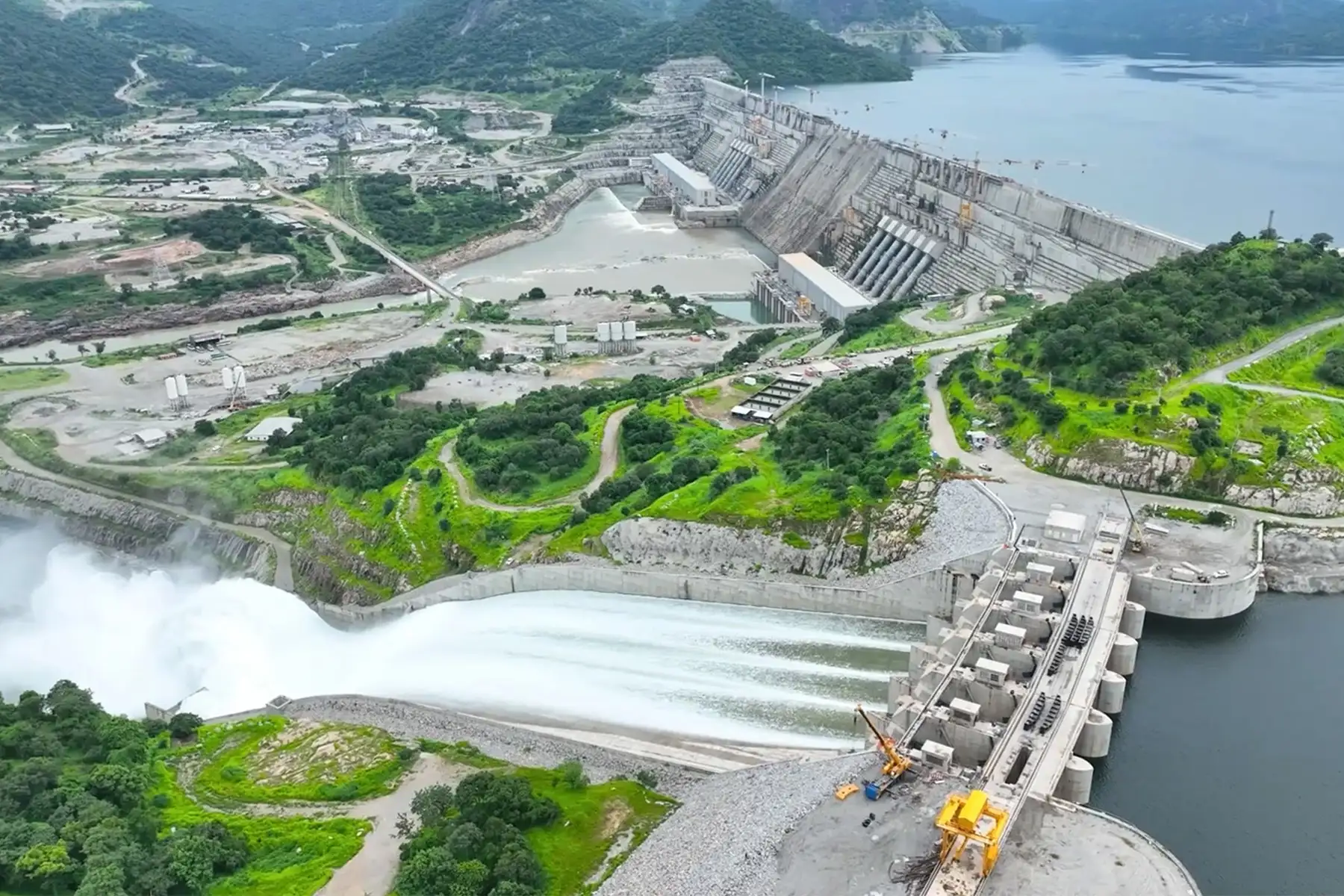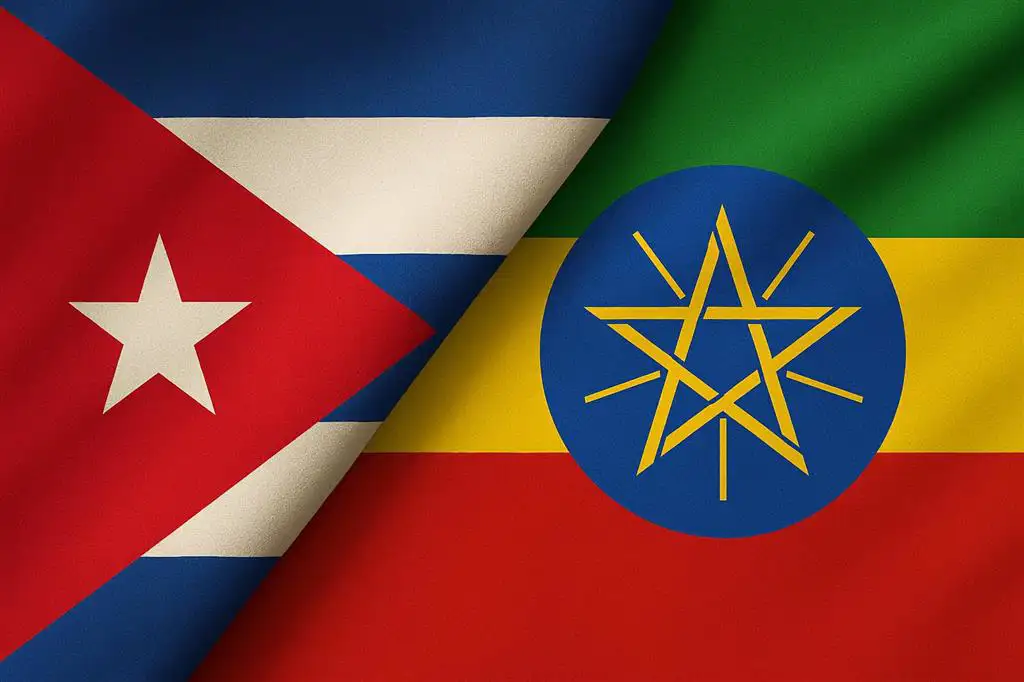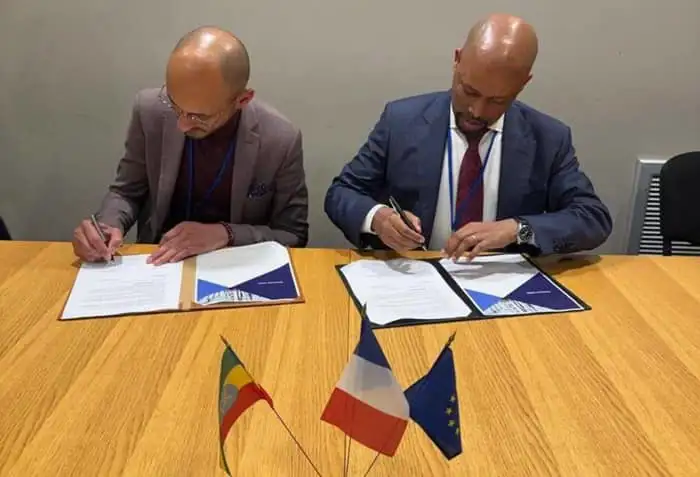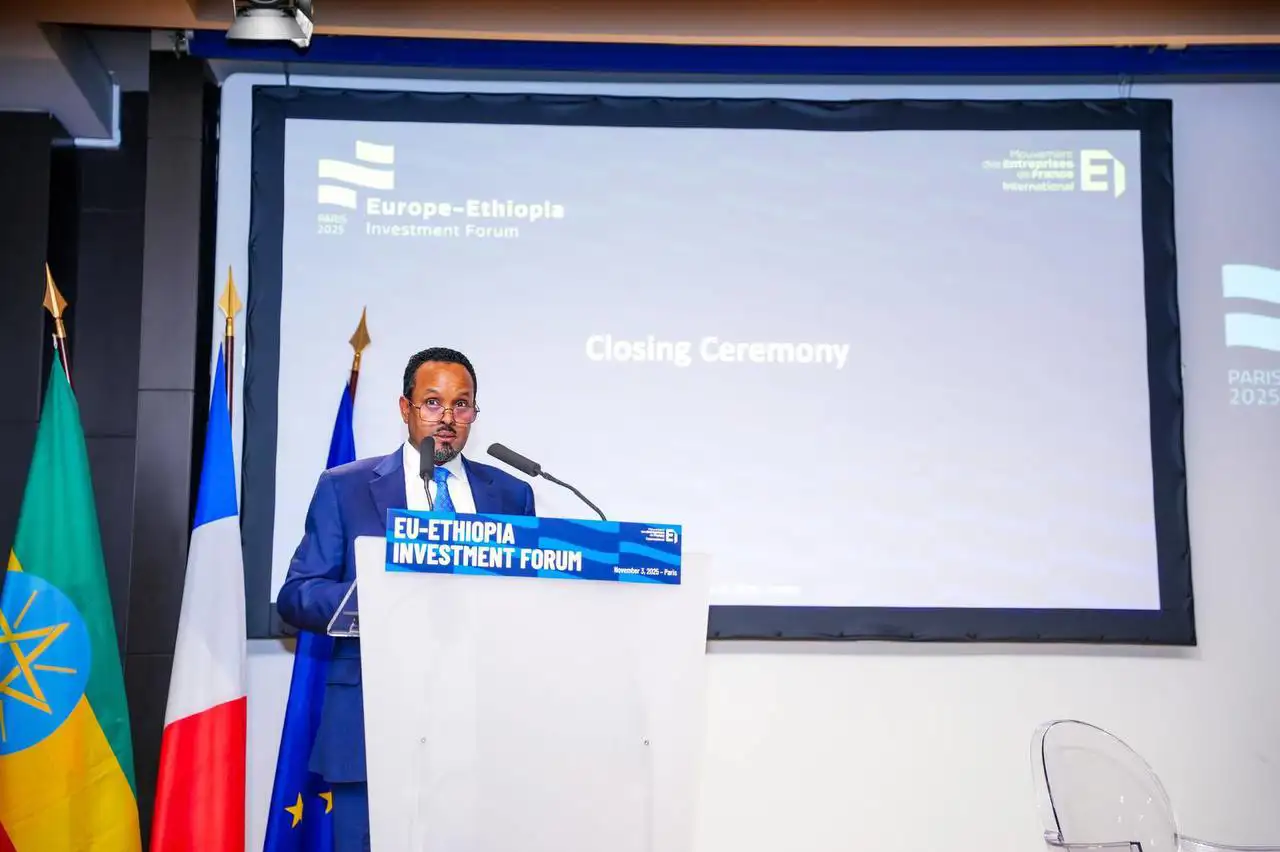Built in the Guba district of Ethiopia's Benishangul-Gumuz region, the Grand Ethiopian Renaissance Dam (GERD) is Africa's largest hydropower plant. In addition to generating much-needed electricity for Ethiopia, experts say it will also protect downstream nations from devastating floods and reduce water loss in the basin.
When the project began in 2011, less than 30% of Ethiopians had access to electricity. This limited power supply significantly hampered the country's economic growth and the lives of its citizens. The dam is expected to more than double Ethiopia's power generation capacity, potentially transforming the nation from one with a power shortage to a major energy supplier in East Africa.
The construction of the GERD has overcome numerous challenges, including design and geopolitical disputes. It's expected to be inaugurated in the coming Ethiopian year 2018 E.C. The idea of harnessing the Blue Nile for power has been a long-standing aspiration in Ethiopia, but previously the country lacked the technological and financial capacity to undertake such a massive project. The modern form of the GERD is the result of decades of research and discussions.
So, what are the multifaceted benefits of this dam beyond power generation?
In a detailed article on the website of the American Society of Civil Engineers, water resources engineering researcher Dr. Assefa Melese from Florida International University and Alemayehu Gebriel, a water resources coordinator at In-Tech Civil Engineers in Houston, outlined the project's many advantages.

According to their article, the GERD offers several key benefits:
- Flood Control: It will serve as a measure to control floods, regulating the flow of the Blue Nile and preventing the frequent, destructive flooding that affects downstream countries, particularly Sudan.
- Agricultural Productivity: The dam's water storage capacity is expected to boost agricultural productivity through irrigation, which will benefit not only Ethiopia but also the wider region.
- Economic Growth: Economically, the dam will provide Ethiopia with a major opportunity to generate foreign currency by exporting power, serving as a catalyst for overall economic growth.
- National Pride: From a national perspective, the dam stands as a symbol of Ethiopian pride and self-reliance. It demonstrates the country's ability to undertake and finance large-scale infrastructure projects independently. The researchers note that this project can serve as a bridge for other developing nations, gradually shifting them away from foreign-aid-dependent development.

The scholars emphasized that the GERD project is about more than just a dam; it plays a significant role in fostering regional cooperation, sustainable development, and environmental protection in the historic Nile River Basin.




